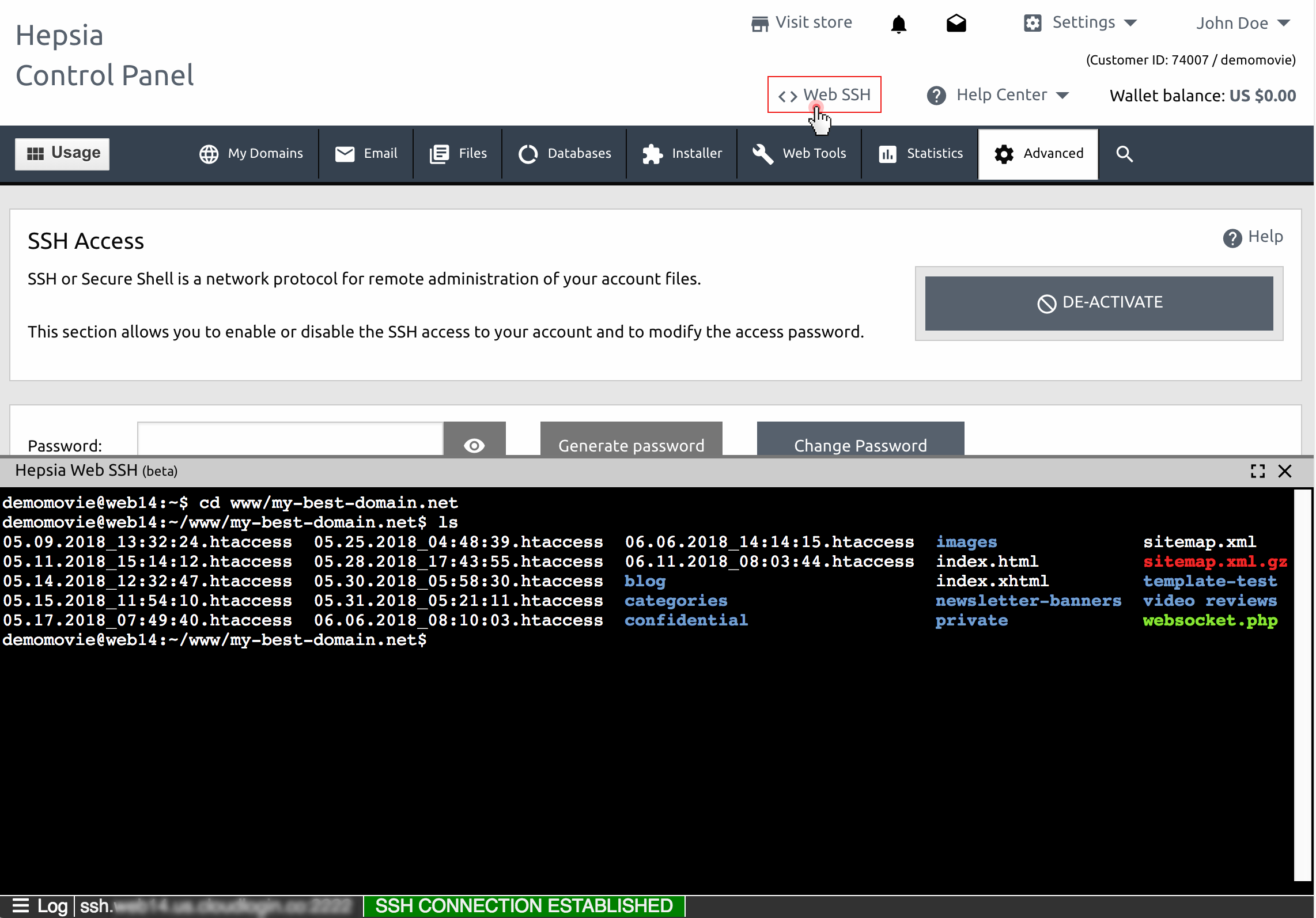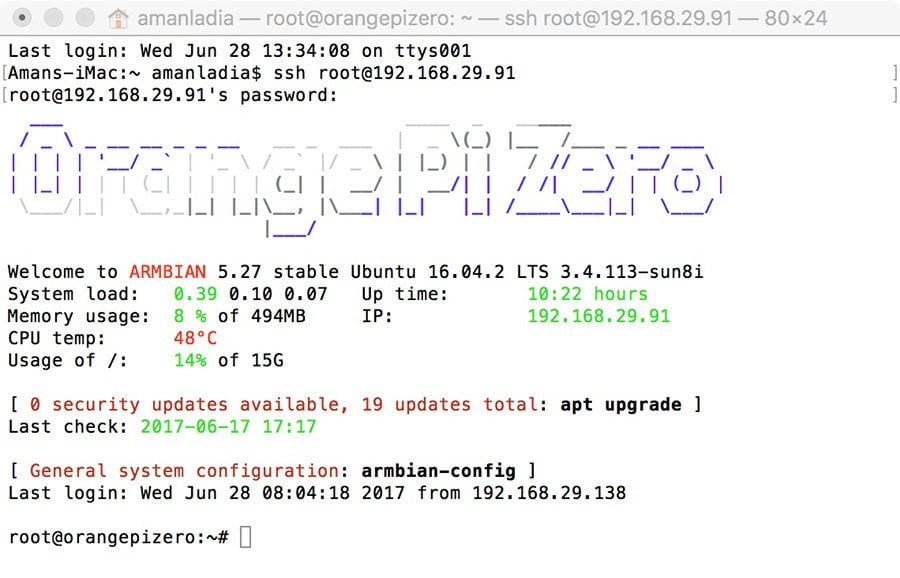Unlock Remote Access: Your Guide To Remote IoT Web SSH
Is the ability to access and control your Internet of Things (IoT) devices remotely, securely, and efficiently a necessity in today's interconnected world? The answer is a resounding yes, and understanding remote IoT web SSH is the key to unlocking this capability.
The convergence of the Internet of Things (IoT) and Secure Shell (SSH) has given rise to a powerful tool: remote IoT web SSH. This technology is reshaping how we interact with our devices, servers, and cloud infrastructure. It's especially crucial for anyone involved in managing IoT devices, be it developers, system administrators, or IT professionals. Remote IoT web SSH acts as a gateway, providing secure access and control over your devices from anywhere in the world, all through a web browser.
Let's break down what this means and how it works, focusing on practical applications and real-world examples.
- Roblox Cloud Gaming The Future Of Gaming Experience
- Unveiling The Life And Influence Of Gracie Bonn Erome
| Category | Details |
|---|---|
| Concept | Remote IoT Web SSH |
| Description | A technology that combines the Internet of Things (IoT) and Secure Shell (SSH) to enable secure, remote access and control of IoT devices via a web browser. |
| Components | IoT devices (e.g., Raspberry Pi), SSH protocol, web browser, remote IoT agent. |
| Key Functionality |
|
| Applications |
|
| Benefits |
|
| Security Considerations |
|
| Related Technologies |
|
| Practical Usage |
|
| Related Links | Raspberry Pi Official Website |
To get started with Remote IoT Web SSH, here's a simple overview. First, you need to set up your IoT device, such as a Raspberry Pi. This typically involves installing an operating system and configuring basic network settings. Then, you'll need to download and install a RemoteIoT agent on your device, usually obtained from a dedicated portal. Sign up and log in to this portal to get your authentication token.
Once the agent is installed and configured, you can access your IoT device from a browser. The remote IoT web SSH example provides a secure and efficient way to manage and monitor devices remotely. Whether you're a developer, system administrator, or IT professional, understanding how this technology works can significantly enhance your ability to manage IoT infrastructure.
Remote IoT Web SSH is essentially a combination of two powerful technologies: IoT (Internet of Things) and SSH (Secure Shell). IoT refers to the network of physical devices embedded with sensors, software, and connectivity, allowing them to exchange data. SSH is a cryptographic network protocol for operating network services securely over an unsecured network.
- Muyun Brothers Wikipedia Everything You Need To Know
- Karl Pilkington And Suzanne Whistons Wedding A Celebration Of Love
The implications of Remote IoT Web SSH are far-reaching. It's revolutionizing the way we interact with IoT devices, servers, and cloud infrastructure. This powerful tool lets you access and control your devices remotely via the web using secure shell (SSH) protocols. Imagine the possibilities for troubleshooting, updating firmware, or simply monitoring the status of your devices without physically being present.
Remote IoT Web SSH on Raspberry Pi is an essential tool for managing and accessing your device from anywhere in the world. The ability to remotely manage your devices is more than just a convenience; it's an essential aspect of securing and maintaining IoT infrastructure. IoT devices offer automation, efficiency, and convenience, but leaving them unmonitored can open up avenues of vulnerability. In business settings, remote access is key to maintaining operational efficiency and ensuring business continuity.
Let's talk about the security considerations, because Remote IoT web SSH has security risks too. By default, SSH key management is fragmented and complex. These unmanaged SSH keys are vulnerable to attack by malicious actors. With remote IoT SSH key management, you can centrally manage and discover all authentication keys and SSH login files.
There are platforms like SocketXP, which provides secure remote access solutions. SocketXP does not create any public TCP tunnel endpoints that can be connected and accessed by anyone in the internet using an SSH client. SocketXP TCP tunnel endpoints are not exposed to the internet and can be accessed only using the SocketXP agent (using the auth token of the user) or through the xterm terminal in the SocketXP portal page.
Other tools like Macchina.io remote offer similar functionalities, but it is not just for accessing web pages. Under the connection menu, expand SSH and select tunnels. Check the local radio button to set up local, remote for remote, and dynamic for dynamic port forwarding. When setting up local forwarding, enter the local forwarding port in the source port field, and in destination enter the destination host and IP, for example, localhost:5901.
To fully appreciate the power of Remote IoT Web SSH, consider a practical example. Imagine you're a system administrator responsible for managing a network of IoT devices used in a smart home environment. You could use Remote IoT Web SSH to:
- Troubleshoot a malfunctioning sensor remotely.
- Update the firmware on a device without being on-site.
- Monitor device performance and resource usage in real-time.
- Securely access your home network from any location.
Before you can start working with Remote IoT Web SSH, you'll need to set up your Raspberry Pi. This involves installing an operating system, configuring network settings, and enabling SSH. Don't worry if you're new to Raspberry Pi; the process is quite manageable.
This article explores the concept of Remote IoT Web SSH, providing you with a detailed understanding of its applications, setup processes, and practical examples tailored for various users. Whether you're a beginner or an experienced developer, this guide will equip you with the knowledge you need to harness the power of Remote IoT Web SSH.
The benefits extend beyond the convenience of remote access. Secure access protocols are built into the setup, helping to protect your devices and your data. Increased security is a significant advantage, particularly in the increasingly hostile digital landscape.



Detail Author:
- Name : Prof. Carmen Langosh PhD
- Username : matteo.satterfield
- Email : mveum@kozey.com
- Birthdate : 2002-11-16
- Address : 3247 Murazik Summit Gaylordstad, CO 88522-0342
- Phone : (580) 379-8288
- Company : Daugherty, Walsh and Borer
- Job : Customer Service Representative
- Bio : Et eos repellendus molestiae dolores laudantium corporis porro. Possimus nobis voluptas hic soluta explicabo ipsam. Maxime assumenda fuga rem dolores asperiores.
Socials
linkedin:
- url : https://linkedin.com/in/shad7086
- username : shad7086
- bio : Aut dolores non sunt numquam.
- followers : 469
- following : 2114
tiktok:
- url : https://tiktok.com/@skoss
- username : skoss
- bio : Libero voluptatem maiores error assumenda.
- followers : 6599
- following : 2745
instagram:
- url : https://instagram.com/shad_id
- username : shad_id
- bio : Aut tempora tempora dignissimos ipsam cupiditate omnis. Ut quia quae sapiente et impedit ut hic.
- followers : 4968
- following : 222